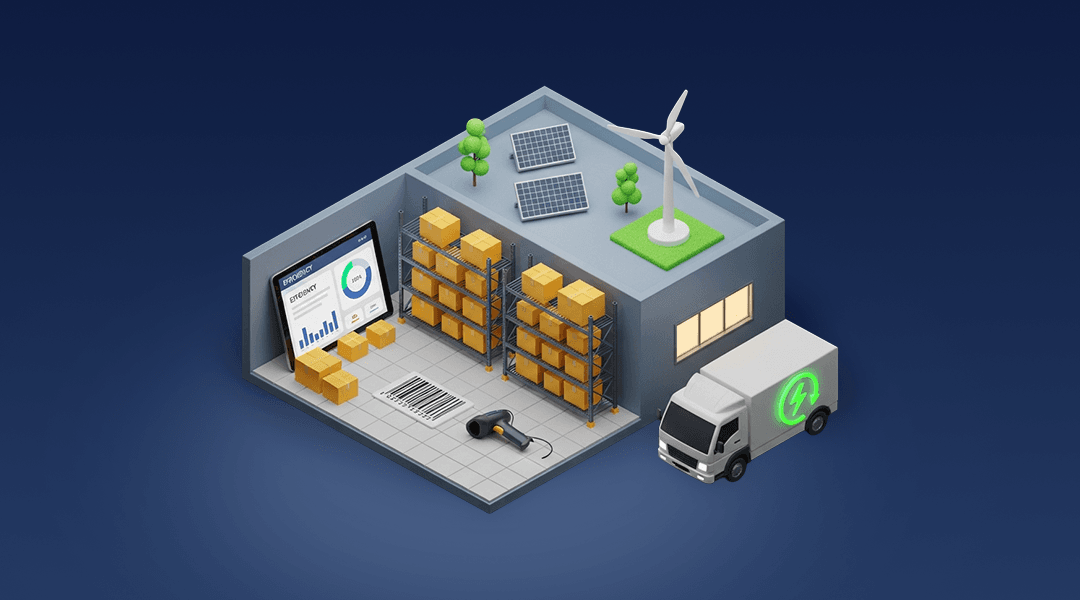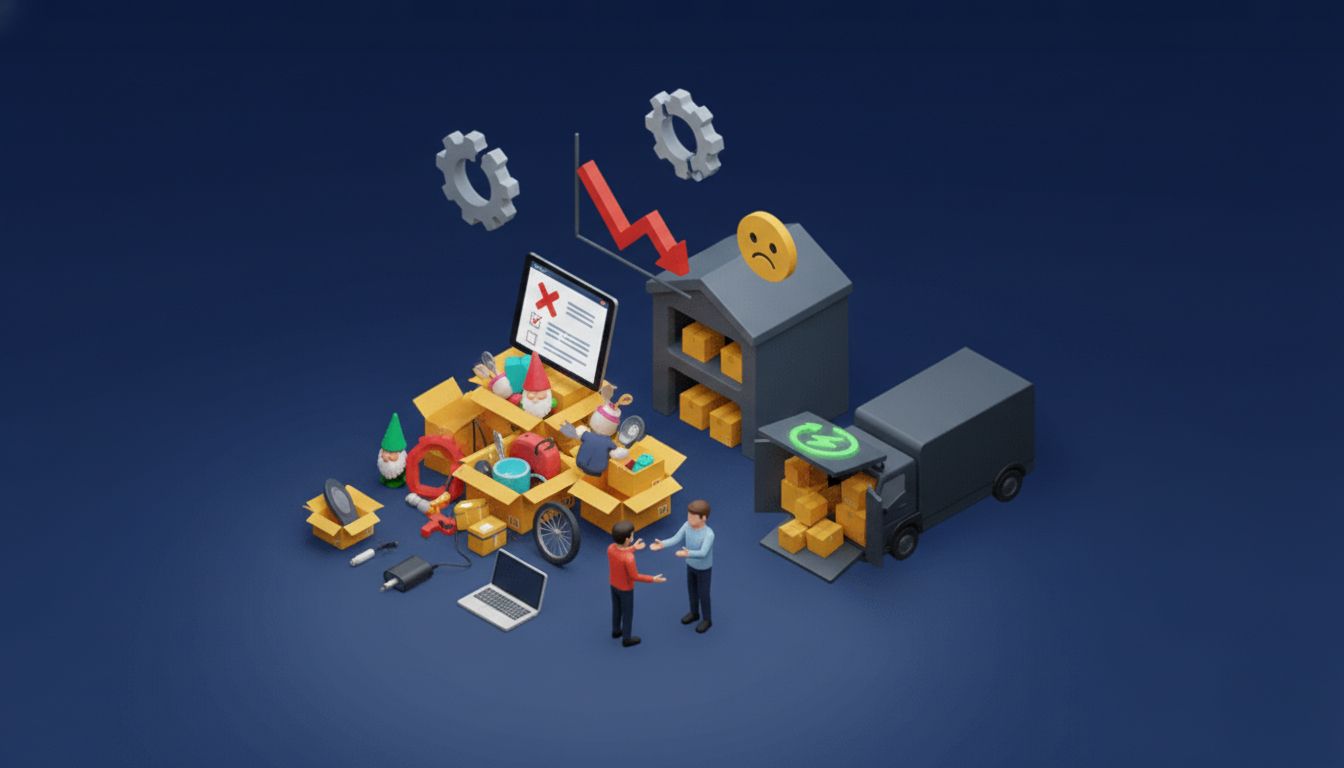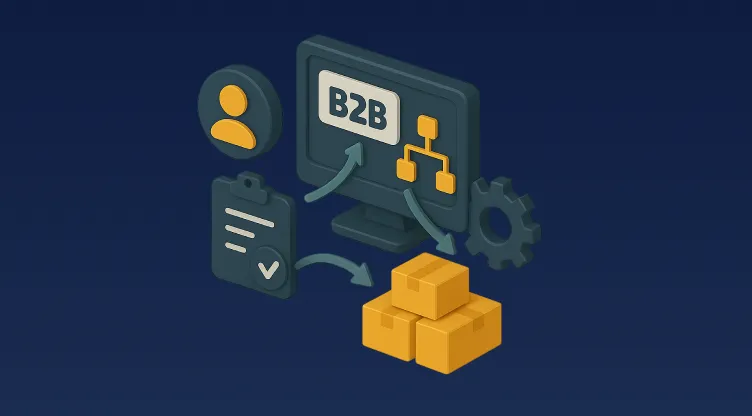Quick-Commerce vs. Traditional E-commerce: Operational Differences in Stock and Shipping

Table of Contents
High-Speed Snapshot: What You Really Need to Know
- Quick-commerce focuses on near-instant delivery, often under 60 minutes, relying on decentralised, hyperlocal stock placement.
- Traditional e-commerce operates at scale, managing deliveries across broader geographies with standard 1–5 day fulfilment cycles.
- Inventory in quick-commerce needs real-time updates and strict localisation, while traditional models lean on centralised bulk stock and scheduled syncs.
- Shipping in Q-commerce prioritises last-mile accuracy and speed, typically handled by small, agile fleets.
- Traditional e-commerce shipping favours route efficiency, national coverage, and cost containment.
- Choosing the right model affects your technology, warehouse layout, workforce, and customer promise.
Introduction: The Race Between Speed and Scale
In today’s competitive digital retail scene, businesses face a pivotal choice: should you offer speed-driven convenience or a wide product variety with economical delivery? This question defines the clash between quick-commerce and traditional e-commerce.
Across key MENA markets like Saudi Arabia, UAE, and Egypt, both models are rapidly growing. Yet, while they share the same digital storefront, they run on vastly different operational engines.
This article explores the logistical DNA of each model—especially stock and shipping operations—so you can determine which fits your business best.
Defining the Models
What Is Quick-Commerce?
Quick-commerce (or Q-commerce) is the evolution of online shopping into the realm of immediate gratification. Customers order essentials—like snacks, medicines, or home goods—and receive them in under an hour, sometimes in 15–30 minutes.
It is powered by small fulfilment nodes close to the customer, often referred to as dark stores, which function solely for picking and packing orders without public access.
What Is Traditional E-commerce?
Traditional e-commerce remains the dominant model in online retail. It’s characterised by extensive product catalogues and delivery windows ranging from one to several days. Warehousing is centralised, and operations are optimised for cost, not urgency.
Whether selling clothing, electronics, or furniture, businesses adopting this model focus on large order volumes, inter-city shipping, and scalable logistics.
Inventory Operations: The Storage Playbook
Q-Commerce Inventory: Agile, Localised, and Rapid
Inventory in the Q-commerce model must be tightly integrated with real-time systems. Because fulfilment centres are dispersed across urban neighbourhoods, stock must be accurate at each individual location.
Key characteristics include:
- Compact SKU selection: Focused on high-demand, fast-moving products.
- Near-zero tolerance for stockouts: Systems must instantly reflect availability.
- Dynamic restocking: Inventory is replenished multiple times a day, based on local demand patterns.
- Data-driven product rotation: Seasonal, time-sensitive, and geo-specific items are prioritised.
This operational design is perfect for businesses offering food, health products, or last-minute consumer goods.
Traditional E-commerce Inventory: Centralised, Scalable, and Broad
Inventory operations in traditional e-commerce centre around bulk management. Products are stored in large, regional warehouses serving a wide geography.
Core features:
- Vast product catalogues: Often thousands of SKUs across multiple categories.
- Scheduled stock reconciliation: Inventory is updated at intervals, rather than instantly.
- Cost-effective storage models: Use of vertical racking, zone-based shelving, and pallet management.
- Consolidated replenishment: Items arrive from suppliers in bulk, typically via containers or freight.
For retailers shipping across the GCC or North Africa, centralised warehousing remains the most practical solution.
Shipping and Fulfilment: The Delivery Approach
Q-Commerce Shipping: Hyperlocal and Time-Sensitive
Quick-commerce thrives on its ability to deliver in real-time. The fulfilment journey—from order receipt to doorstep—must be executed in minutes, not hours.
This requires:
- Narrow delivery radii: Usually within 5–8 km of the fulfilment centre.
- Light vehicle fleets: Bikes or scooters dominate, often operated by freelancers or gig workers.
- AI-based route planning: Every second saved boosts performance and reduces cost.
- Instant delivery tracking: Both the customer and the operator monitor deliveries live.
Speed is non-negotiable. One misstep in routing or stock mismatch directly impacts brand trust.
Traditional E-commerce Shipping: Regional Reach and Route Efficiency
In contrast, traditional e-commerce maximises logistical efficiency. It combines multiple orders, plans regional routes, and leverages third-party courier networks for scalability.
Shipping traits include:
- Extended delivery timelines: Ranging from 1 to 5 days depending on region.
- Carrier partnerships: Logistics firms handle first-, middle-, and last-mile delivery.
- Tracking protocols: Customers receive updates via email or SMS once dispatched.
- Batch fulfilment: Orders are picked and packed in waves, based on shipping slots.
This approach suits businesses with complex product lines and customers spread across multiple cities or countries.
Operational Tech: What Systems Power Each Model?
Q-Commerce Systems: Built for Instant Fulfilment
To deliver on its speed promise, Q-commerce demands robust, mobile-first platforms.
Essentials include:
- Live inventory management: Updates stock levels in milliseconds.
- Multi-node OMS/WMS: Supports multiple hubs and micro-stores.
- Real-time routing engines: Enables last-mile fleet coordination.
- Geofencing capabilities: Supports dynamic delivery zones and SLAs.
These tools ensure that local teams can act immediately on orders while managers retain oversight from a central dashboard.
Traditional E-Commerce Systems: Focused on Integration and Scale
The traditional model leans heavily on systems that coordinate across broader networks and high-volume SKUs.
Key system features:
- ERP integration: Links supply chain, finance, and customer service.
- Bulk order processing: Supports CSV uploads and mass printing.
- Carrier APIs: Connects with logistics providers for label generation and tracking.
- Returns handling modules: Manages refunds, reverse logistics, and exchanges.
Platforms like Omniful offer modular tools that allow businesses to operate either model or combine both under one umbrella.
Choosing Your Model: Business Fit Checklist
Q-Commerce is ideal if:
- Your product demand is frequent and time-sensitive.
- Your audience is clustered in metro areas.
- You can invest in or partner with local fulfilment hubs.
- Delivery is a core differentiator in your value proposition.
Traditional E-commerce is best if:
- You offer a broad product range.
- Delivery time is less critical than cost and variety.
- Your customers are spread across cities or countries.
- Operational costs need to stay low for profitability.
Some businesses now embrace a hybrid approach. For example, beauty brands in the GCC are offering next-day delivery on most items, with 60-minute express service on selected SKUs using dedicated local hubs.
MENA Considerations: What Makes the Region Unique?
When applying either model in MENA, logistics decisions must account for:
- Last-mile infrastructure gaps: Some cities have inconsistent addressing systems.
- High COD (Cash on Delivery) rates: Still common in several countries, affecting operations.
- Customs and cross-border regulations: Especially in North Africa and GCC.
- E-invoicing compliance: Required in Saudi Arabia and expanding elsewhere.
These realities shape how platforms are configured, how returns are processed, and which delivery promises are realistic.
FAQ: Operational Differences, Simplified
Can one business run both models?
Yes. Many retailers combine Q-commerce for high-turnover items and traditional e-commerce for the rest. This requires adaptable systems that can manage dual workflows.
Which model has higher ROI?
It depends. Q-commerce requires more capital upfront but can lead to higher order frequency. Traditional e-commerce has lower per-order costs but slower repeat rates.
Is quick-commerce viable in rural areas?
Not usually. Q-commerce thrives in dense urban zones. For rural or low-density regions, traditional logistics remains more viable.
What if I start with one model and pivot later?
Choose flexible systems from day one. Platforms like Omniful support modular transitions, letting you scale without switching tech providers.
Final Thoughts: The Right Model for the Right Moment
The choice between quick-commerce and traditional e-commerce is not black and white. It’s about understanding your customer, your geography, and your operational strengths.
In a region like MENA—diverse in languages, infrastructure, and consumer habits—there’s room for both models to thrive. Retailers who align their fulfilment approach with customer expectations will lead the next wave of digital commerce.
Ready to optimise your logistics?
💡 Discover how Omniful supports both Q-commerce and traditional e-commerce with a single operating system.
👉 Explore Omniful’s unified fulfilment solution























